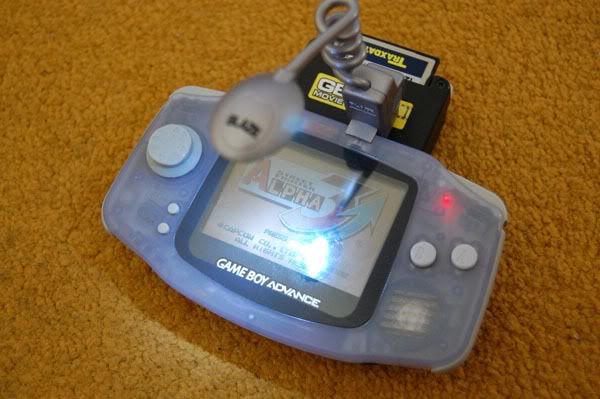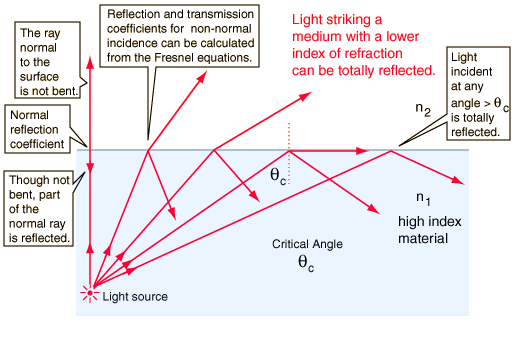 |
| Playstation Portables feature back-lit screens (image by cthulhu32) |
Before the invention of the back-lit screens for handheld or portable devices, people could only play games with ease while travelling if the lighting around them was optimal. Although it was still possible to play games on the go, the difficulty of seeing what was on the screen increased as it got dark, meaning people had to resort to the usage of lights external from the system to make up for the otherwise poor lighting condition.
 | ||
| Game Boy Advance with a "worm light" |
Fortunately, when giving hand-held systems a "back-lit screen" became standard, this problem was alleviated. Computers, televisions, and the like had already used back-light technology, but the reason it had yet to be used in portable game systems was that generally speaking, the technology was too clunky, and large. (Cathode ray tubes can be exceptionally large.)
Back-lighting technology is present in PSP, Game Boy Advanced SP (and later model) Nintendo handhelds, cell phones, laptops and more. In order for the back-lit screens to work, without being incredibly thick or heavy, a good light source must be found. Even if a decent light source can be found, the light wouldn't necessarily be evenly distributed. Fortunately, a solution was found, using a light shone into a guide (generally some type of polycarbonate material) and then forced to exit with even distribution. An overview of how most modern back lighting is accomplished can be found at 3M's LCD backlighting and optics guide.
The general guiding principal behind how back-lighting works is that there is a light source placed behind the display, which is generally a lightguide specially engineered to distribute light evenly via total internal reflection. Total internal reflection to spread light out across the lightguide ensures that there will not be any significant loss of light during the transfer of light from one side of the lightguide to another.
The way total internal reflection works is like this: light that is incident upon a medium of lesser index of refraction, the ray is bent away from the normal, so the exit angle is greater than the incident angle. Such reflection is commonly called "internal reflection". The exit angle will then approach 90° for some critical incident angle θc , and for incident angles greater than the critical angle there will be total internal reflection. The finding of what angle is the critical incident angle is done by using Snell's law, by setting the refraction angle equal to 90°. Total internal reflection is not only used in LCD display, but also is a driving factor in the usage of fiber optics.
(source: http://hyperphysics.phy-astr.gsu.edu/hbase/phyopt/totint.html)
It's thanks to total internal reflection that the lightguide can do its job, and thanks to the light from the source, directed through the lightguide, that back-lighting is possible. Back-lighting is a welcome alternative to having to deal with pesky external lighting attachments that don't function with the same efficiency (due to their own 'reflection issues'). Thanks to the advent of back-lighting, people can now see what that text message said, save the princess or even the world and all without having to use a flashlight.
Even though the technology used in back-lighting of games and things is already superb, the back-lighting technology used today is still advancing.As engineers and inventors always do, the makers of several back-lit products are continuing to develop new technology to accomplish the same goals with less weight, thickness and (if possible) cost.
Surely, this technology is important, even though it is often overlooked or taken for granted.


And of course the newer LED backlight arrays are even more beneficial for overall even lighting and increased contrast.
ReplyDeleteTrue!
ReplyDelete